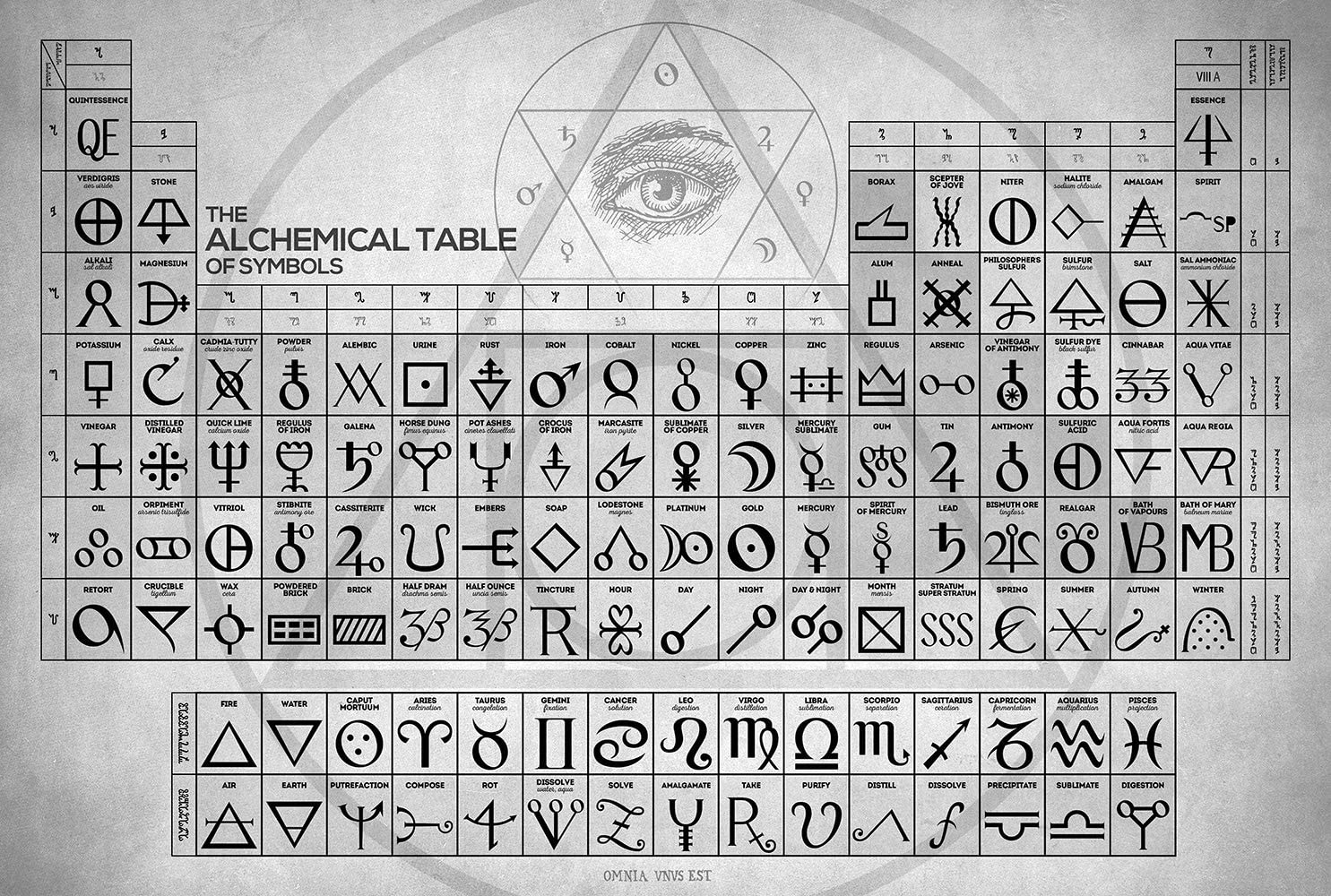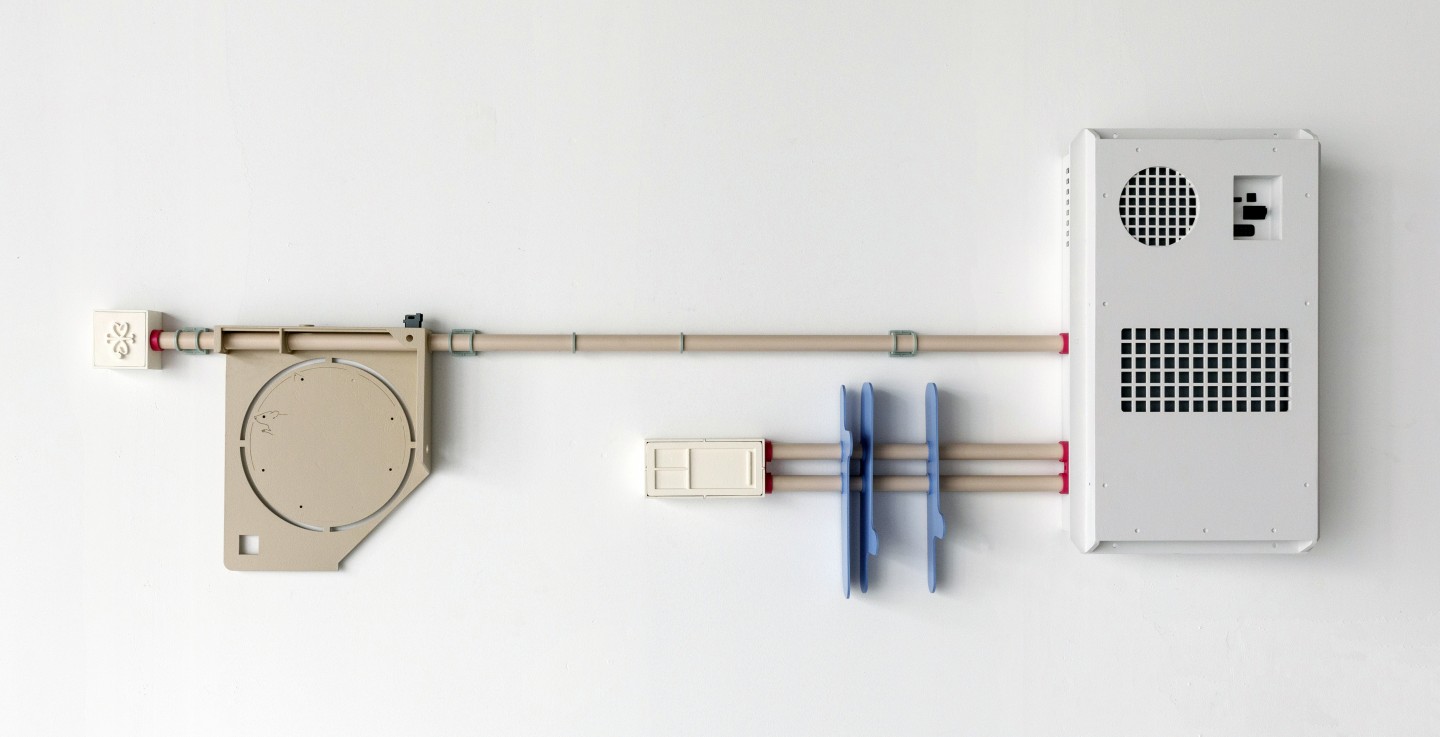Rat Hour
On 11 April 2020, 5G transmission masts were set on fire in various places in the Netherlands and the United Kingdom. At first people think that vandals did this, but soon they realise that there is more to it. A select group of people think that the new 5G data network is the cause of the coronavirus ... These activists spread all kinds of conspiracy theories on social media and as a protest set the masts on fire.
News programme Terzake spoke with some experts who simply refer the conspiracy theory to the trash, based on scientific facts. They argue that there is no scientific explanation whatsoever for the spread nonsense. Ignorance about the new technology is the cause of scepticism towards 5G, according to experts. ‘The fact that the new network is being rolled out is widely reported in the media. Because people do not know what it is exactly, it makes them more afraid’, a specialist says.
Fascination by the rol technology plays in our daily lives.
During my visit to his studio, Ruben Mols quotes this anecdote while telling me how fascinated he is by the role technology plays in our daily lives. He has developed a kind of love-hate relationship with the dangers and opportunities that this technological interweaving entails.
According to Ruben, it is understandable that people are afraid of new technology because a large part is invisible and we no longer understand the processes and structures behind high-tech equipment. Mols tries to gain access to the complex world through his sculptures. In this way he hopes to provide a visual starting point with the aim of making the sometimes dubious relationship between man and machine open to discussion.
Possible attitudes towards technologie
In the exhibition Nurture - Nurture we see a spectrum of possible attitudes towards technology. Especially for this exhibition the artist is making the work Rat Hour. It is an elongated construction that is hung horizontally on the wall. The - at first sight - plastic components are interconnected by pipes that are attached to the wall with grey-green clips. Most parts have an unobtrusive colour that immediately reminds me of a technical device. In an unguarded moment, you could walk right past it and it would make you think it is an installation placed in an unusual position in the room.
On the right side I recognize a familiar, grey-coloured element with a round and rectangular grid. The installation height invites you to record something and makes you hope it will get back to you. Does the black switch activate the device? Appearances can be deceptive. When I closely observe it, playful visual elements reveal that this is a work of art. A work of art that has no function and is made to make you reflect.
The chaotic entanglement
The visually deceptive object of boxes and pipes contains a beige-coloured, flat plate with a cut-off corner and a circular recess on the left side. Inside the circle, my eye catches ... a mouse. This minor detail partly refers to the title of the work. In order to allow an associative play in his artwork, Ruben initially wants to call his sculpture Rat King. With this he refers to the name Rat King, in folklore given to the phenomenon of a cluster of dried, black rats. The rats' tails have become inexplicably intertwined, leaving them unable to move and eventually starve. With this the artist refers to the chaotic entanglement of individuals with social media and their inability to escape from the overpowering networks. On Instagram, the importance of an individual or a company is measured by the number of followers. The likes have become a measure of appreciation. This system of following and being followed creates an addictive effect that keeps everyone under the spell.

A seemingly double socket in the middle of the installation is connected to a small socket on the left side. There is a sign on it that I cannot identify immediately. Ruben tells me that this symbol is written down in the table of alchemy. Alchemy is a combination of magic and ancient secret chemistry. It stands for hour and immediately explains the second part of the title of the artwork Rat Hour. Because for most people the effect of technology is no longer comprehensible, it occupies the same place as magic used to, according to the artist. Like the witches burned at the stake in a time of magic, the 5G masts are assigned the same fate today.

New step
The artwork Rat Hour is a new step in Ruben Mols' oeuvre. In his previous works - such as Into-spec-tech I, II and II - he explored the relationship between construction and image. In the research phase of these phone/tablet sculptures, he examined the inside of devices by literally opening them and disassembling them. The micro-electronic parts, which reside within the tools so familiar to us, thus form the direct basis for the formal language of this series.
For the creation of Rat Hour he worked in a different way. The artist uses a digital drawing program to create his own construction parts in an intuitive way. He plays with the rational visual language of technological equipment and, like an industrial designer, designs his own Lego blocks. The development of modules is an important leap in Ruben's oeuvre. His goal is to create his own uniform visual language that he can use for his future works.
After the drawing phase behind the computer, the drawings of all parts are cut from wood with a laser cutter. Afterwards, they are manually glued, sanded and painted by hand with great precision by Ruben. The use of technological techniques makes it possible for the artist to imitate an industrial standard. On the one hand, Mols appropriates the process of automation and robotisation, but on the other hand the end product - with its playful images - acquires a gentle and human character due to the craft of one person.
